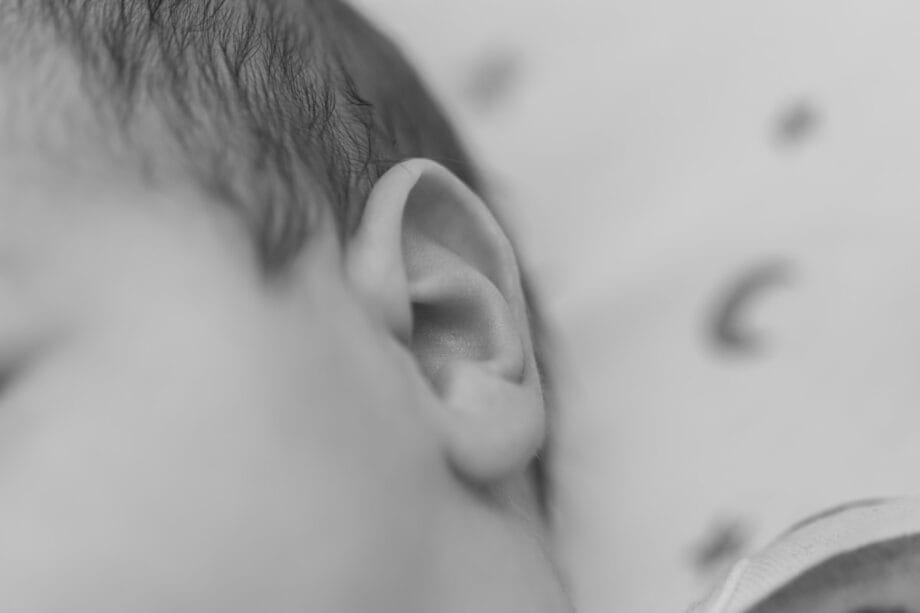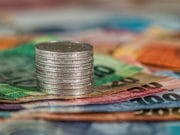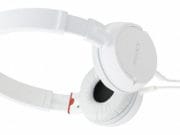Beware of Monsoon Ear Infections: Expert Insights
Indulging in the monsoon’s embrace with a hot cup of chai, delectable pakodas, and a soothing playlist may seem idyllic. However, this seemingly innocuous habit could pave the way for painful ear infections.
Dr. Meena Agrawal, Honorary Senior Consultant (ENT) at PSRI Hospital, alerts us that the rainy season introduces more risks than just waterborne illnesses. The likelihood of ear infections escalates dramatically, particularly with the use of earphones.
“During this period, otitis externa—or otomycosis—emerges as the predominant ear infection, often fungal in nature,” Dr. Agrawal states. This affliction typically occurs when moisture accumulates within the ear canal, thereby encouraging bacterial or fungal proliferation. She further notes,
“Individuals susceptible to frequent colds or allergies may also encounter middle ear infections.”

Earphones inhibit airflow within the ear canal and obstruct the lateral migration of the skin lining, fostering an inviting environment for microorganisms.
“In-ear models sit snugly inside the canal, trapping moisture and impeding ventilation,” Dr. Agrawal elaborates. Conversely, over-the-ear headphones offer a modicum of safety, as they do not entirely block the canal.
The severity of infections correlates with the materials from which earphones are constructed. For example, inexpensive earphones fashioned from subpar plastics can be particularly hazardous, as they may leach toxins into the canal or harbor infectious pathogens in their fissures.
Hygiene is another critical variable; inadequately cleaned earphones can foment irritation or contribute to microbial growth.
While early detection of these infections can be challenging, certain symptoms warrant vigilance. Initial sensations may include itching or a sense of fullness in the ear, which may progress to mild pain, discharge, or temporary hearing loss.
“These are cautionary indicators,” warns Dr. Agrawal. “If neglected, the infection could exacerbate, thereby adversely affecting hearing.”
Should you experience any of these symptoms, it is prudent to seek medical advice for a thorough examination, which may reveal swelling, redness, fluid accumulation, or discharge. “We assess for any blockages, inflammation, and alterations in auditory perception,” Dr. Agrawal highlights.
Treatment often entails maintaining ear dryness, along with prescribed antibiotic or antifungal drops; more severe cases may necessitate oral medications. Pain management can be tailored to individual symptoms.
To mitigate risks, Dr. Agrawal recommends exercising caution with headphone use during the monsoon. “I advise minimizing the use of in-ear models during this season, ensuring ears remain dry, and regularly cleaning earphones,” she reiterates.
“Utilizing earbud dehydrators can also be beneficial. Furthermore, avoiding the sharing of earphones is crucial, as this could facilitate the transfer of bacteria or fungi between individuals.” Ignoring infections may lead to fluid accumulation or inflammation, potentially culminating in temporary hearing loss.
Fortunately, timely intervention can reverse these effects, but prevention is paramount—particularly when something as inconspicuous as a damp earbud could incite significant discomfort.
DISCLAIMER: This article is derived from public sources and insights from medical professionals. Always consult a healthcare provider before initiating any health regimen.
Source link: Indianexpress.com.






